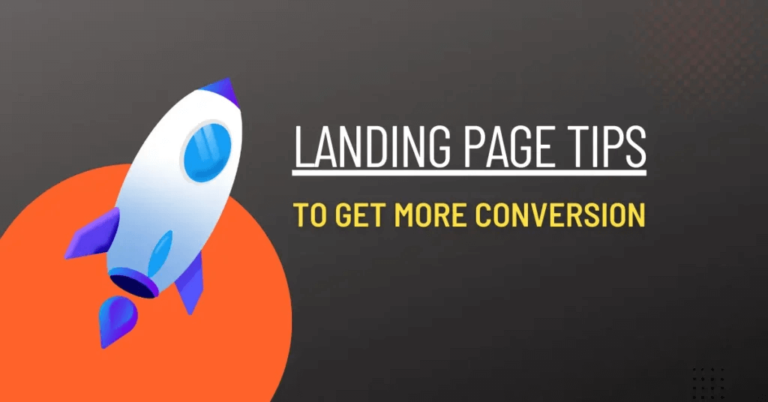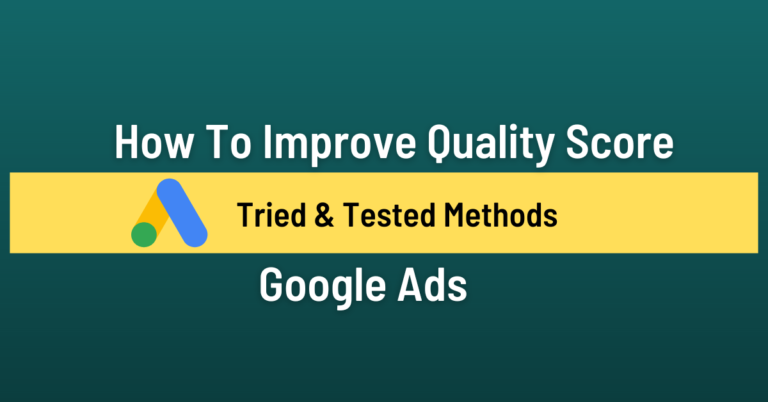Google Ads Headlines Best Practices To Follow
When it comes to creating successful Google Ads campaigns, your headlines are crucial. They are the first thing that potential customers see, and they can make the difference between someone clicking on your ad or scrolling right past it. In this post, we’ll cover some best practices for crafting compelling Google Ads headlines that will grab your audience’s attention and encourage them to engage with your brand.
Understand Your Audience
To create effective Google Ads headlines, it’s essential to know who your target audience is. What are their pain points, interests, and motivations? How can your product or service help them solve a problem or fulfill a need? By answering these questions, you can tailor your headlines to resonate with your audience. This is one of the most important google ads headlines practices.
Example: If you’re advertising a workout app for busy professionals, your headlines might emphasize the convenience and time-saving benefits of the app. For instance, “Get Fit on Your Schedule: Workouts Designed for Busy Professionals.”
Keep It Concise
In the world of Google Ads, brevity is key. With limited character space, you need to make every word count. Short, punchy headlines are more likely to grab your audience’s attention and entice them to click.
Example: “Find Your Dream Home Today: Browse Our Listings Now” is more impactful than “Looking for a New Home? Check Out Our Listings and Start Your Search Today.” Keep in mind that the pinned title option takes up 30 characters, so make sure to account for that in your character count.
Highlight Your Unique Value Proposition
Your unique value proposition (UVP) is what sets you apart from your competitors. By highlighting your UVP in your headlines, you can communicate why someone should choose your brand over others.
Example: If you’re a travel company specializing in sustainable tourism, your headlines might focus on the eco-friendly nature of your tours. For instance, “Explore the World Sustainably: Eco-Friendly Tours That Give Back.”
Use Action-Oriented Language
Action-oriented language encourages your audience to take action. By using verbs and phrases that inspire action, you can create a sense of urgency and compel your audience to engage with your brand.
Example: “Transform Your Look Today: Shop Our Trendy Styles Now” is more effective than “Our Fashionable Clothing Is Now Available.” Remember that the pinned title option can only be used if your headline includes a call-to-action, such as “Shop Now” or “Sign Up Today.”
Read More: Google Ads Quality Score: How To Improve Yours
Consider Keyword Relevance
While it’s important to create headlines that are attention-grabbing and compelling, you also want them to be relevant to the search terms that your potential customers are using. By incorporating relevant keywords into your headlines, you can increase the chances of your ads showing up in relevant search results.
Example: If you’re a vegan restaurant, your headlines might include keywords like “plant-based,” “vegan,” or “cruelty-free.” For example, “Experience Delicious Vegan Cuisine: Visit Our Plant-Based Restaurant Today.” Remember to keep your character count in mind, as you don’t want your headlines to be too long or truncated.
Test and Refine Your Headlines
One of the most effective ways to optimize your Google Ads headlines is to test and refine them. A/B testing allows you to see which headlines perform best with your audience and make adjustments accordingly.
Example: Test different versions of your headlines to see which ones get the most clicks. For instance, you might try “Get Fit on Your Schedule” vs. “Fit Your Workout into Your Busy Day” to see which one resonates more with your audience By analyzing the data from your tests, you can make data-driven decisions about your headlines and improve the performance of your ads.
Utilize the Pinned Title Option
The pinned title option is a feature in Google Ads that allows you to “pin” a specific headline to the top of your ad, making it more prominent and visible. This can be a great way to highlight your brand or a particular call-to-action.
Example: If you’re running a promotion or sale, you might use the pinned title option to showcase the offer. For instance, “Limited Time Offer: Save 20% on Your Purchase Today.”
Keep Character Count in Mind
As mentioned throughout this post, character count is a crucial factor when it comes to creating effective Google Ads headlines. Google has specific guidelines for character limits, which vary depending on the type of ad you’re running. Make sure to review these guidelines and keep your character count in mind when crafting your headlines.
Example: For text ads, headlines should be no more than 30 characters, while descriptions can be up to 90 characters. Display ads have slightly different requirements, with headlines up to 40 characters and descriptions up to 90 characters. And don’t forget to account for the pinned title option, which takes up 30 characters.
Conclusion: Google Ads Headlines Best Practices
Crafting compelling Google Ads headlines is essential to the success of your ad campaigns. By following these best practices and testing different variations, you can create headlines that grab your audience’s attention, communicate your unique value proposition, and encourage them to engage with your brand. Keep character count in mind and consider utilizing the pinned title option for maximum impact. With the right headlines, you can drive traffic, generate leads, and increase conversions.






